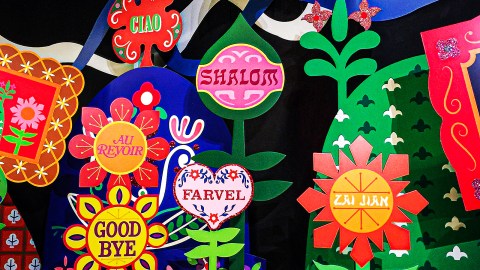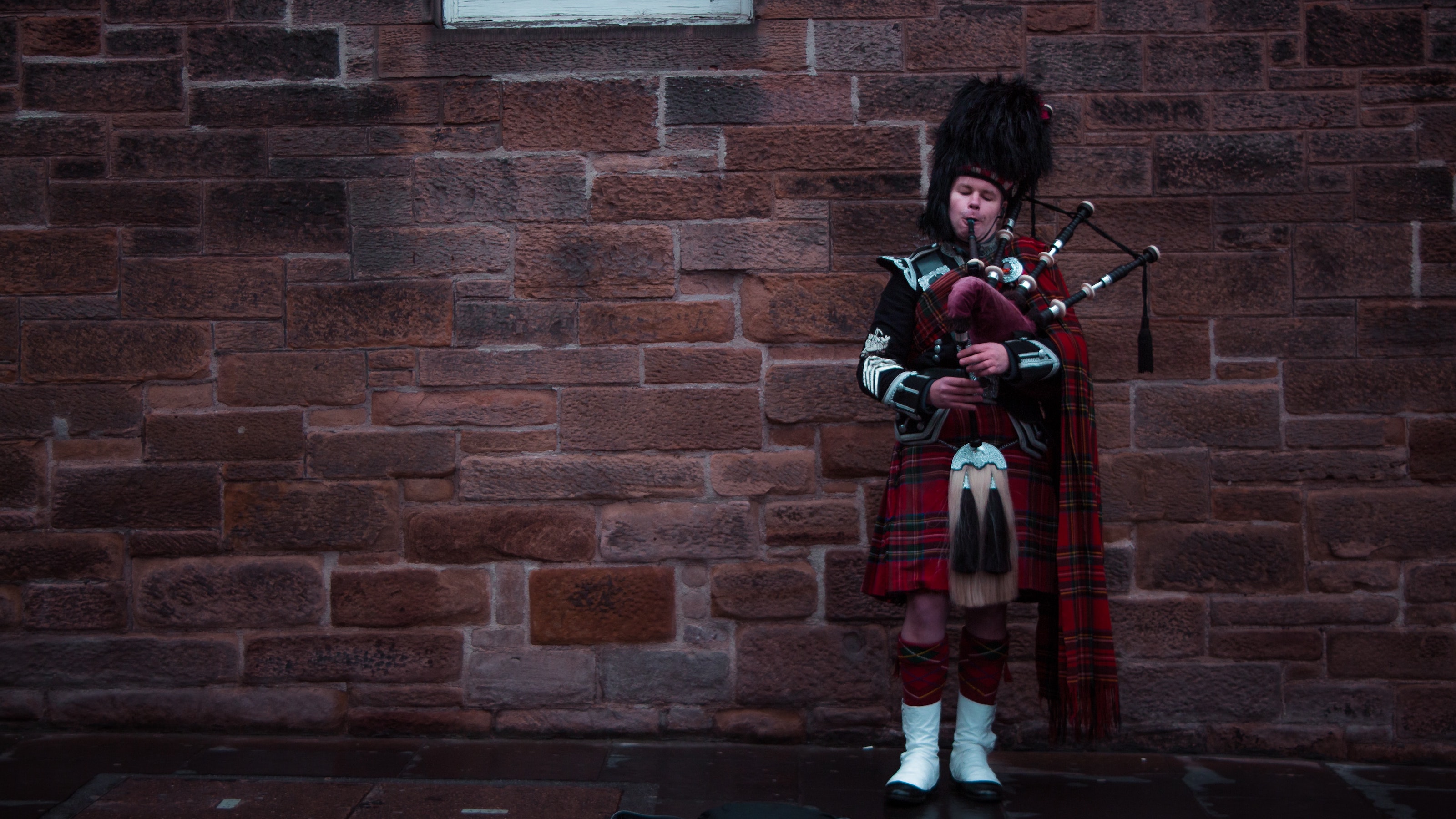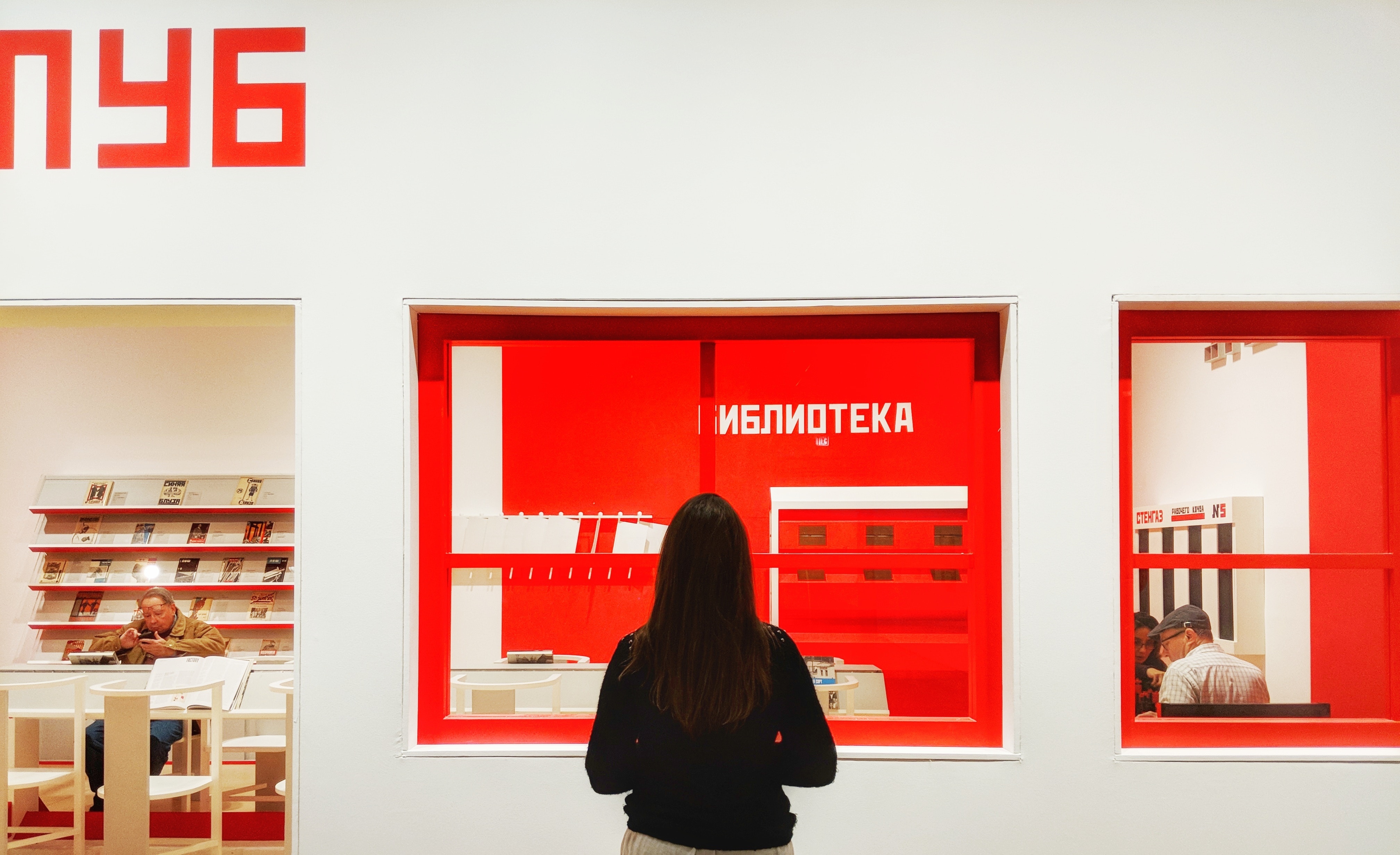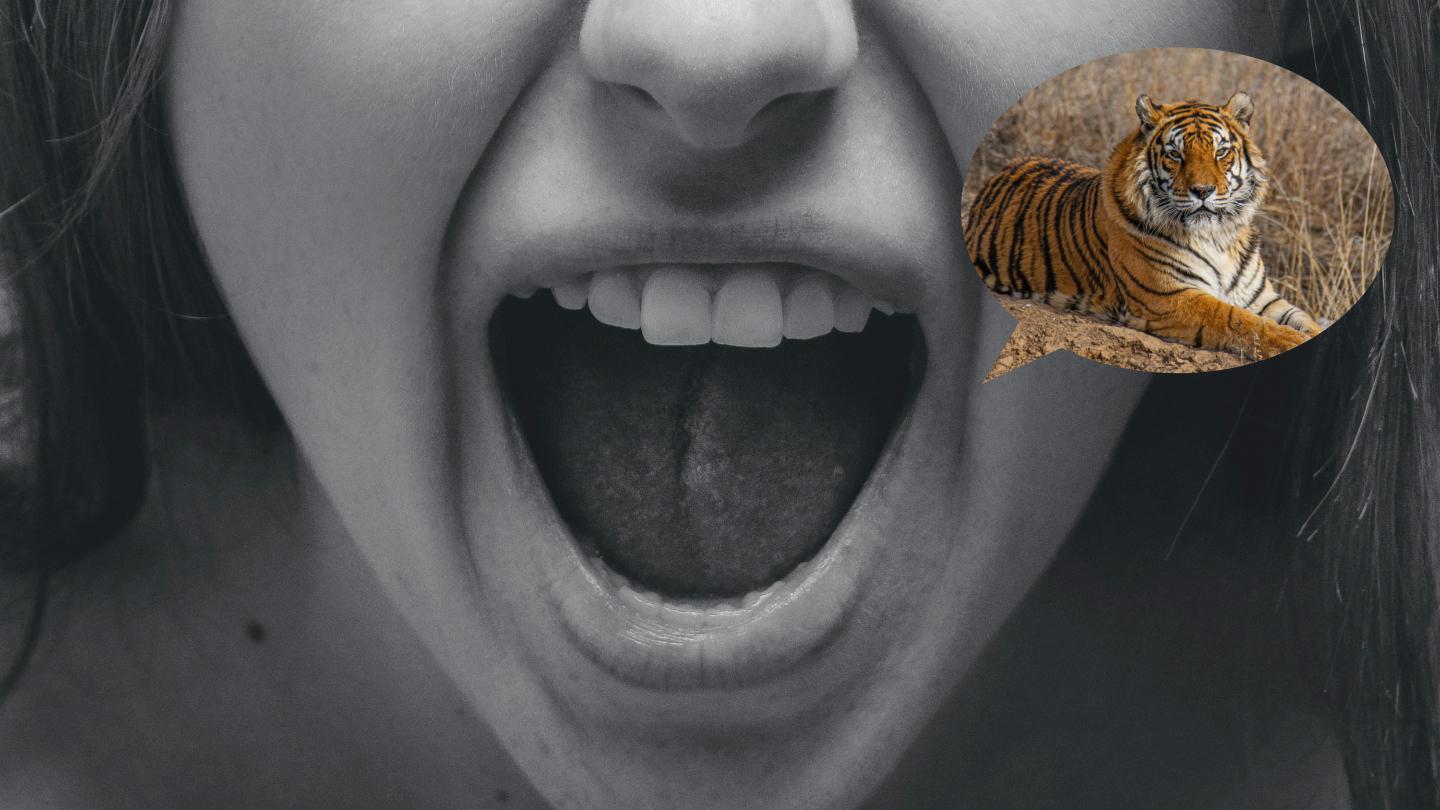6 strange but insightful foreign idioms we should bring into English

- The world's languages each have unique nuance and richness. Idioms are a great way to demonstrate that.
- Some expressions — like these examples from Swedish, Arabic, and Mongolian — serve as a window into other cultures.
- Other expressions, such as those found in fairy-tale recitations, reveal that the manner in which we communicate ideas can vary greatly across cultures.
The biggest mistake you can make when learning a new language is assuming it’s all about word substitution. If I can just learn the Arabic, Chinese, or Swahili words for this or that noun, then I’ll be fine. There’s an assumption that languages are different only in their sounds, and not much more.
If ever you want to disabuse someone of this idea, get them to look at idioms. Choose any idiom you can think of in the English language, however old or weird, and try a word-for-word translation for it. Look at the dead stares and curious smiles you get. After all, idioms – those everyday, common expressions and sayings we use – are really not that everyday or common when you step out of your home country (or even your home region).
But the fact works both ways. Every language in the world has its idioms. Speak to anyone learning a language, and they’ll tell you idioms are often the hardest things to learn. These foreign idioms are strange, exotic, and funny in their own right (at least to the non-native speaker). Here, we’ve collected six of the best for you to appreciate the linguistic richness that is the non-English idiom and what they can teach us about their culture of origin.
Det är ingen ko på isen – “There’s no cow on the ice” (Sweden)
This means something a bit like, “don’t worry about it.” What you think is a problem, or what you’re getting all flustered about, is actually not a big deal at all. Don’t sweat the small stuff and don’t tilt at windmills – the cows are fine.
If there’s one thing Sweden is known for (other than Volvos, IKEA, and ABBA), it’s the cold. Sweden is a place of biting blizzards, bone-chilling winds, and watering holes that freeze over. So, if you’re a rural farmer, dragging their cow herds to get a drink, you might need to be careful about the latter. Cows, not the daintiest of beasts, nor particularly fleet of foot, will easily fall through the ice. And so, a cow on ice is a worry. If there’s no cow on ice? Well, just enjoy your pickled fish and glögg (mulled wine).
бурхан оршоо бутын чинээ сахал урга – “God bless you and may your mustache grow like brushwood” (Mongolia)
If you find yourself in Mongolia (ever a possibility), then make sure you say this to someone after they sneeze. While most of us are familiar with “God bless you,” Mongolia has decided to add its own bristly, whiskery twist. We say, “God bless you,” because people used to believe that sneezing might expel your soul, so getting God in to help will stop the Devil from stealing it. But why would Mongolians want a brushwood mustache?
Well, the Fu Manchu – the long, drooping mustache you see on Genghis Khan – is somewhat of a fashion stereotype in Mongolia and has been for a very long time. It’s a sign of power and masculinity. After all, if the greatest warlord of all time had a strong tash, we all should (I can only assume this is true for Mongolian ladies, too).
Nie mój cyrk, nie moje małpy – “Not my circus, not my monkeys” (Poland)
This one is an interesting example because it’s on the cusp of being brought into English usage. It means “this isn’t my problem, so I don’t care.” It’s thought that the original Polish version was, “Not my cows, not my horses” – meaning if they weren’t your livestock, you didn’t care what diseases they got or what misfortune befell them. I much prefer monkeys, though.
A monkey is the epitome of a mischievous imp, and so when we see them wreaking havoc in a circus, it’s a good laugh. What wouldn’t be a laugh, though, is if you had monkeys in your kitchen. “Not my circus” is essentially the reminder to let some things go. We can’t, and shouldn’t, solve everyone’s problems.
猫をかぶる – “To wear a cat on your head” (Japan)
Since the 1970s, Japanese cultural aesthetics have featured heavily the idea of “kawaii” – or “cute and loveable” things. It’s in the oversized eyes of a baby Pokémon, the approachable innocence of Hello Kitty, and the fungal adorability of Toad. But, this expression from Japan hides a darker, horror-movie reveal to kawaii.
As cute as it might be to have a cat on your head, this Japanese idiom is all about what the cat is hiding – sharp claws, piercing teeth, and a violently contrary nature. To wear a cat on your head is to appear kawaii, but to be a bastard underneath it all. It’s as if Toad pulled off his mask to reveal some horrible, scaly goblin of the nightmare realm. Don’t trust someone who’s all smiles and niceness. It’s all an act. It’s a cat on their head.
على قد لحافك مد رجليك – “Stretch your legs as far as your blanket extends” (Arabic)
This idiom is a wise reminder for us all to live within our means. Don’t lift more than you can lift, work more than you can work, or spend more than you can spend. We each have limits and certain resources – recognize that, and live accordingly.
The expression evokes an image of cold desert nights, huddled in a tent, with your entire body tucked into the blanket. We’ve all been there – trying to sleep in a cold room with the duvet wrapped tightly – and this Arabic expression reminds us that if our feet or extremities leave the blanket, they’ll be exposed to the night’s cold. Tuck your legs in and know your limits.
Og er de ikke døde, så lever de ennå – “And if they’re not dead, they’re still alive” (Norway)
While foreign idioms often represent a very different way of life, equally interesting are those moments when cultures have different ways of expressing the same message. Such is the case with fairy and folk tale recitations. Almost all cultures have a version of “…and they lived happily ever after” (as well as “Once upon a time…”) but the differences are often brilliant.
This Norwegian example is fun – for me, it conjures the slightly macabre idea of Prince Charming and Cinderella sitting old and zombie-decrepit somewhere. But there are a great many other story-enders, too. The Goemai of Nigeria say, “My tale is done and has gone home.” Icelanders will say, “The cat in the bog put up his tail and so ends this fairytale.” But perhaps my favorite of all is the much more realistic Georgian line, “After that, they sometimes had feasts and sometimes famines…sometimes bran and sometimes wheat.”
Because, after all, life is never a fairy-tale ending, and no life is happily ever after. Sometimes it’s feast and sometimes it’s famine. I think there’s something much more psychologically mature about the Georgian way than the Disney one.
Jonny Thomson is our resident philosopher and the author of The Well, a weekly newsletter that explores the biggest questions occupying the world’s brightest minds. Click here to subscribe.




